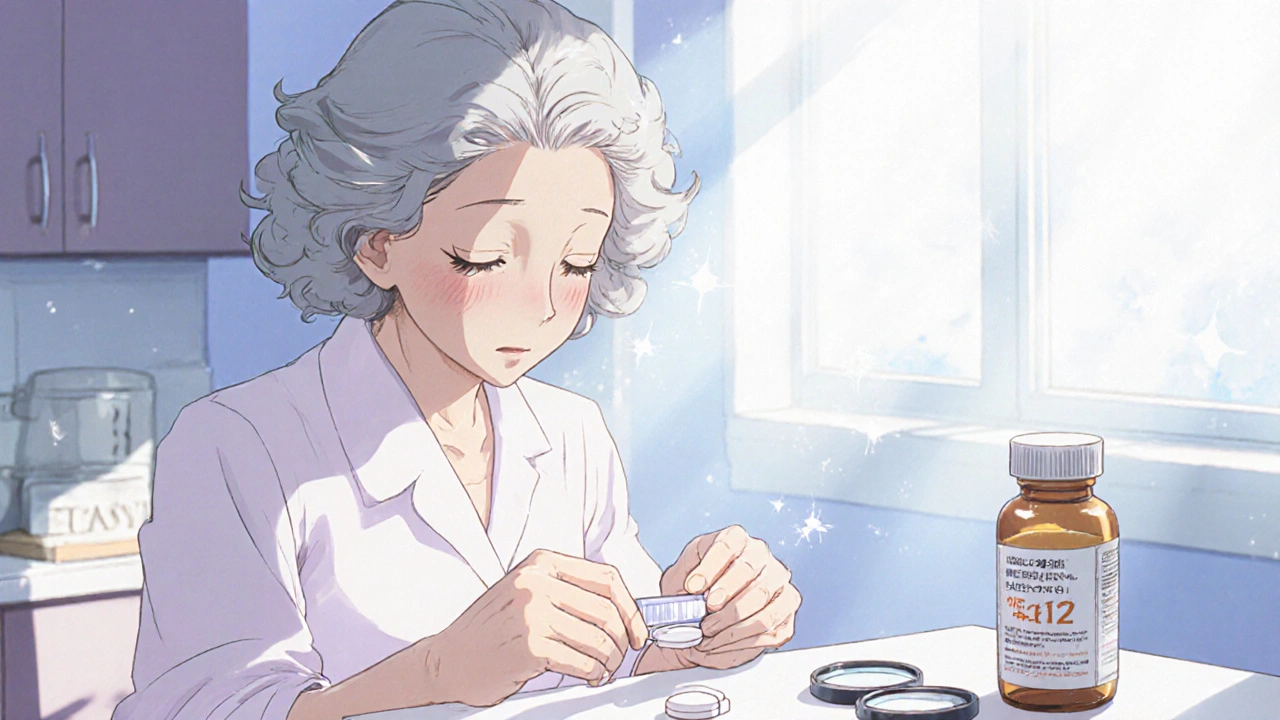Tablet Splitting: Safe Ways to Split Pills and What You Need to Know
When you split a tablet splitting, the practice of dividing a pill into smaller doses to adjust medication strength or reduce cost. Also known as pill splitting, it’s a common habit among people taking long-term meds like blood pressure or cholesterol drugs. But just because you can split a pill doesn’t mean you should—some pills are designed to release medicine slowly, and breaking them can change how your body gets the drug.
Not all pills are made the same. scored tablets, pills with a groove down the middle that make splitting easier and more accurate are generally safe to split if your doctor says so. But extended-release, enteric-coated, or capsule-form drugs? Those shouldn’t be touched. Splitting a time-release pill can cause too much medicine to flood your system at once. And if you’re using a pill identifier, a tool that helps match a pill’s shape, color, and markings to its name and dosage, you’ll notice that many pills meant for splitting have clear markings—but others don’t. That’s your first clue.
People split pills mostly to save money. A 20mg tablet might cost the same as two 10mg pills, so splitting seems smart. But here’s the catch: if your hands shake, your eyesight isn’t perfect, or you don’t have a proper splitter, you might end up with uneven doses. One half could have 8mg, the other 12mg. That’s not just inconvenient—it’s risky. Studies show that people who split pills without tools often get inconsistent amounts, especially with small or brittle tablets. Even if the pill looks perfectly split, the actual dose can vary by up to 25%. That’s why some doctors recommend buying the exact dose you need instead.
There are also drugs where splitting isn’t just unsafe—it’s dangerous. Think of blood thinners like warfarin, seizure meds like carbamazepine, or antidepressants like sertraline. These have narrow therapeutic windows, meaning even a tiny dose change can cause side effects or make the drug stop working. If you’re on one of these, ask your pharmacist before splitting. They can check if the pill is meant for splitting and whether your pharmacy offers the exact dose you need at the same price.
And what about the tools? A simple pill splitter—those little plastic devices with a blade and a holder—costs less than $10 and is way more accurate than using scissors or a knife. But even then, don’t split pills ahead of time. Once split, the exposed surface can lose potency, especially if the pill is sensitive to moisture or air. Split only what you need for the next day or two, and store it in a dry place.
You’ll find plenty of posts here that touch on related topics: why some people feel generics don’t work as well, how brand perception affects real outcomes, and what happens when you switch medications without guidance. These aren’t just about cost or convenience—they’re about control. When you split a pill, you’re taking charge of your treatment. But that control only works if you know the rules. This collection gives you the facts you need to split safely—or decide not to split at all. Whether you’re managing high blood pressure, thyroid issues, or depression, the right dose matters. And sometimes, the best decision isn’t splitting the pill… but asking for the right one in the first place.
